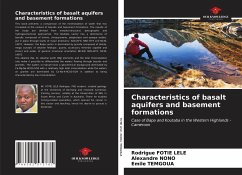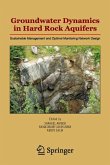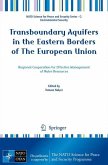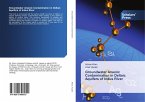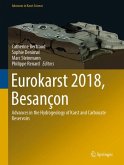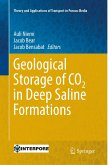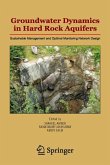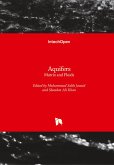This book presents a comparison of the mineralization of water that has circulated at the contact of basalts and basement formations. The results of the study are derived from morpho-structural, petrographic and hydrogeochemical approaches. The Koutaba sector has a dominance of basalts composed of olivine, clinopyroxene, plagioclase and opaque oxides, put in place through faults of major directions: N10-20°E, N60-70°E and N130-140°E. However, the Bapa sector is dominated by granite composed of biotite, mega crystals of alkaline feldspar, quartz, accessory minerals (apatite and zircon) and oxide, of general structural orientation NE-SW, N30-40°E, N130-140°E.The alkaline (Na, K), alkaline earth (Mg) elements and the total mineralization rate make it possible to differentiate the waters flowing through basalts and granites. The waters on basalt have a geochemical background dominated by Ca-Mg-Na-HCO3-SO4 with a relatively high total mineralization while the waters on granite are dominated by Ca-Na-K-HCO3-SO4 in addition to being characterized by low mineralization.
Hinweis: Dieser Artikel kann nur an eine deutsche Lieferadresse ausgeliefert werden.
Hinweis: Dieser Artikel kann nur an eine deutsche Lieferadresse ausgeliefert werden.

